by Ken Gargett
A friend who has been working in Japan for many years recently visited and very kindly gave me a bottle of whisky that he had picked up duty-free at the airport in Tokyo – from Scotland.
This seemed a touch odd to me, though very welcome and a very fine bottle of malt it was. He explained that there had not been a single bottle of Japanese whisky available at Tokyo’s airport. Not one.
Fans of Japanese whisky will be all too aware that this sad state of affairs is repeated around the world. Once a curiosity, then mainstream, and more recently highly awarded and much sought after (okay, now subject to a feeding frenzy), the stuff is as rare as an honest politician.
Put simply, the Japanese woefully underestimated the quantities that would be required and the interest in their whiskies. The result is that many distilleries simply do not have the stocks needed to meet demand. A few have exhausted their aged, maturing whiskies to try and meet the demand, but that means it will take even longer for them to rebuild stocks again.
One has to wonder if they will ever get back to a situation where they can meet demand and also maintain their maturing stocks. In the meantime, numerous aged whiskies have been suspended while stocks recover. An example is Suntory suspending its 17-year-old Hibiki, made famous by Bill Murray in Lost in Translation – he sent both interest and the price of this whisky soaring.
This is not limited to Japan, and we are seeing some of the famous Scottish distilleries holding back. Many are moving to “No Age Statement” whiskies, which allow for good whiskies to be released with younger components. Others are blending on an international basis – Suntory has released Ao, a blend containing whiskies from Canada, Scotland, Ireland, the United States, and Japan.
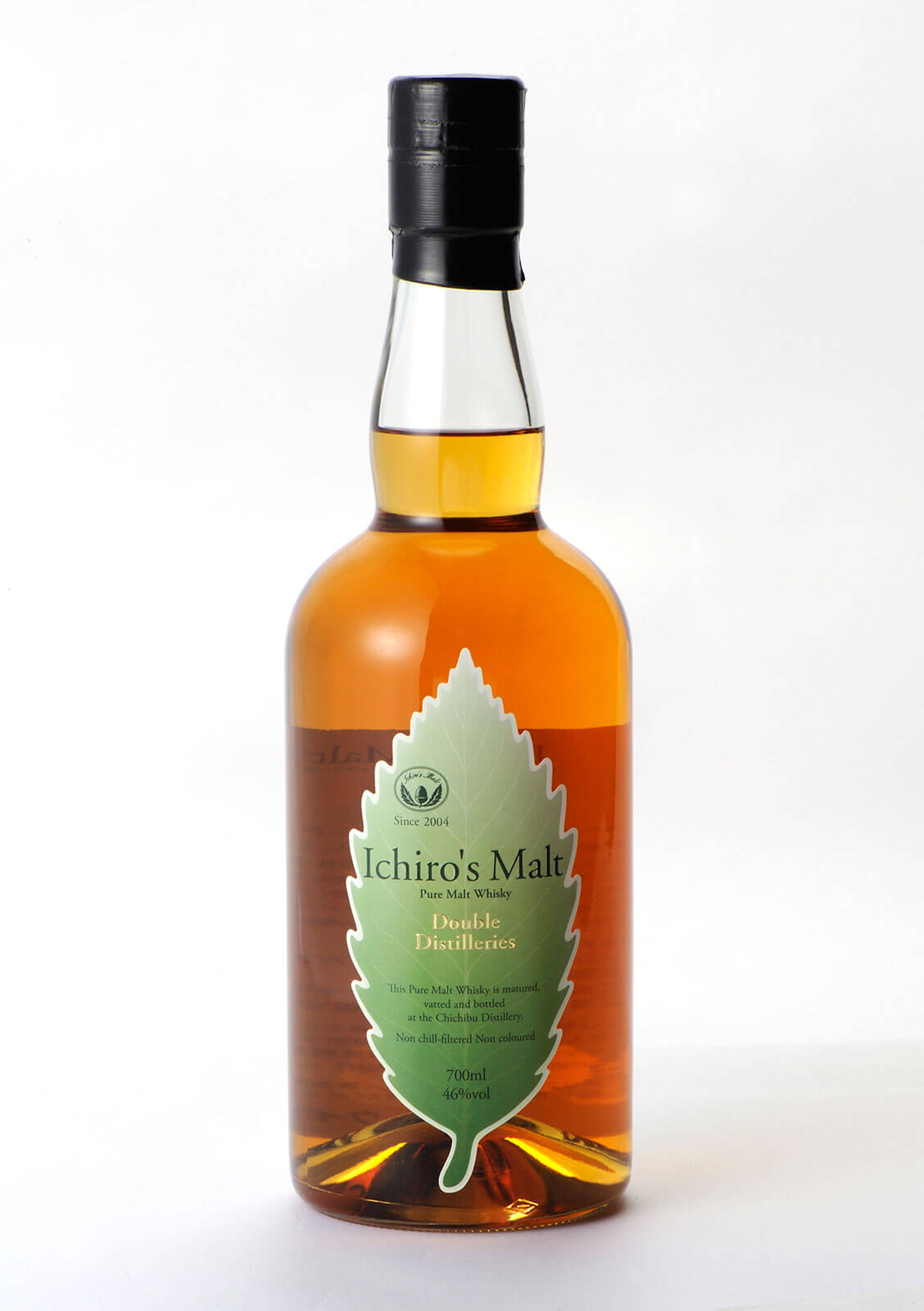
Ichiro’s Malt Double Distilleries whisky
Chichibu: the Japanese version of Pappy van Winkle
Pappy van Winkle was a small bourbon producer that almost overnight became a cult favorite achieving extraordinary prices with demand that far exceeds supply.
So the answer is to grab whatever you can, whenever you get a chance. Japanese whisky may have been around for a while but recently it became an unexpected global sensation and triggered a frenzy among savvy buyers, concerned their favorites would either be unavailable or priced beyond sense.
The good news is that the number of distilleries has almost doubled in recent years and production is at an all-time high. But no one can hurry time. As has been said elsewhere, Japan is swimming in the stuff, but not much of it is actually drinkable yet.
Time, people!
An offer came across my desk a little while ago with a small selection from the Chichibu distillery. This was a surprise as friends who have visited the distillery (it is a bit of a pilgrimage for whisky lovers) reported back that while they were in awe of the place and had great visits (by appointment only, I believe), they were not allowed to purchase a single bottle while there.
Talking to friends in Japan, it seems that this whisky sells out in the very few places it is offered almost on the first day of the annual release. It has become the Japanese version of Pappy van Winkle. Even better was that for this offer the prices were reasonable – not the bank-breaking figures one hears from those who do find a bottle in Japan, which tends to be thanks to the retailers and not the distillery itself.
Anyone claiming to be serious about Japanese whisky will have almost certainly read Dave Broom’s excellent book The Way of Whisky, a personal journey around the islands of that country visiting the distilleries and sampling the whiskies (and much more). A fascinating and informative read.
In his book, Broom spends a lot of time talking about his visit to Chichibu in glowing terms (and, yes, he got to try them). Unlike many of the distilleries from Scotland, this place only opened in 2008 (or 2004, from other sources – information is nearly as difficult to get as the whiskies, but it seems that work began in 2004 and the license finally arrived in 2008).
Owner Ichiro Akuto, however, has a long history in the industry, as his family once owned the respected Hanyu distillery.
Ichiro has extensive contacts throughout the industry, both in Japan and throughout the whisky world, and often blends with components from other distilleries domestically and internationally.
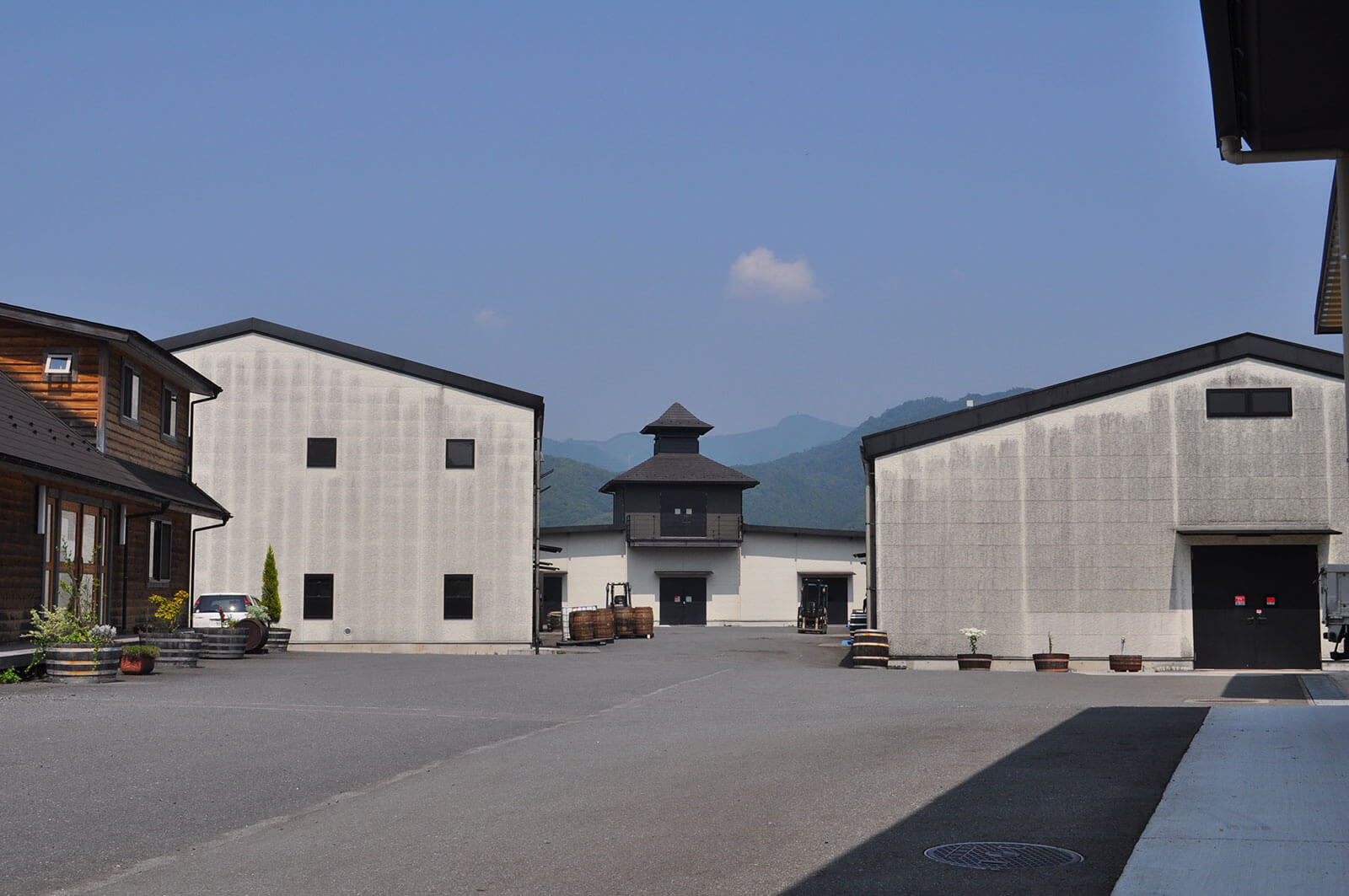
Chichibu distillery, Japan
The whiskies offered by Chichibu
Hanyu, closed since 2000, was established in 1946, but the family has been distilling since the seventeenth century. It is these contacts and the wise decision to purchase all the Hanyu stock when the place was closed that have allowed Ichiro to offer whiskies of age, given how young his distillery is.
Ichiro acknowledged this, calling his initial release “The First” and subsequent releases “On The Way.”
He makes, for a small operation, a wide range of whiskies, some only a couple hundred bottles. One was just 26 bottles – no wonder they are such collectors’ items and the prices have skyrocketed.
One famous release was 54 different malts, his Playing Cards series (52 cards plus two jokers). But there are tales of how many of these did nothing for several years but gather dust on shelves, unloved and unappreciated – there was a time not that long ago when Japanese whisky was very much in the doldrums, unthinkable now.
These bottles are now legendary and bring many thousands of dollars each, if ever one appears.
It seems all manner of experimentation is the order of the day. Some are matured in Japanese/Mongolian Mizunara oak casks (Suntory first kicked this off back in World War II as other sources of oak became extremely difficult to source), others in casks formerly used for New Zealand Pinot Noir, and so on.
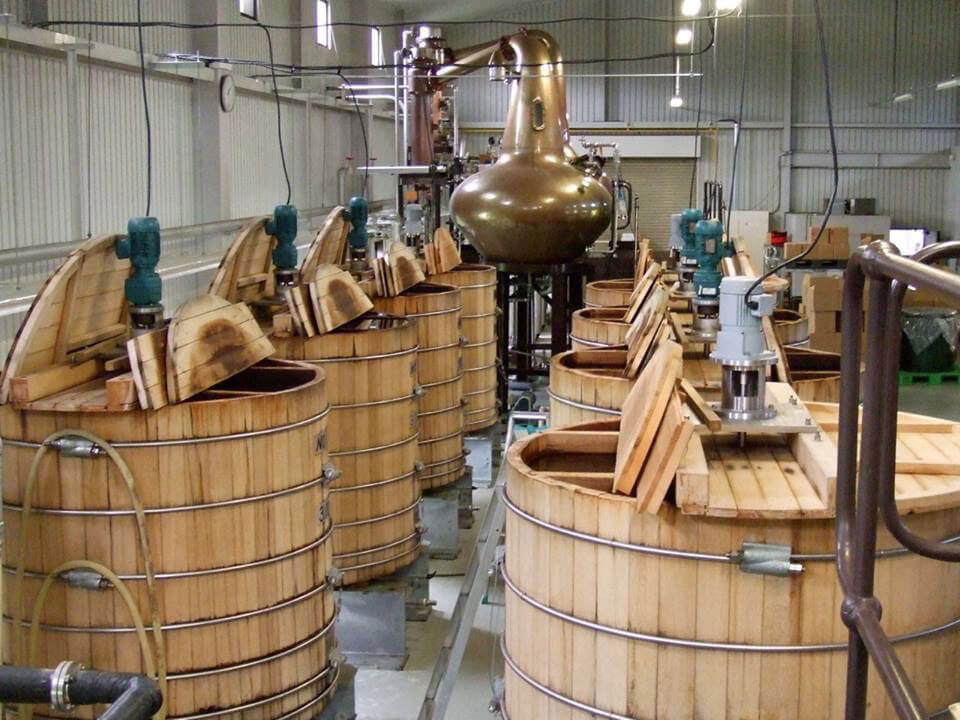
Mizunara oak casks at the Chichibu distillery in Japan
Mizunara oak, considered to be some of the rarest and most expensive oak on the planet, contributes a distinctive coconut character to the whiskies, which is a feature of many of the Chichibu whiskies. Others talk of green plums, incense, allspice, and sandalwood notes.
His Ichiro’s Malt MWR stands for Mizunara Wood Reserve. The MWR is a pure malt, largely distilled at Hanyu, matured in Mizunara casks after vatting with several other unblended malts.
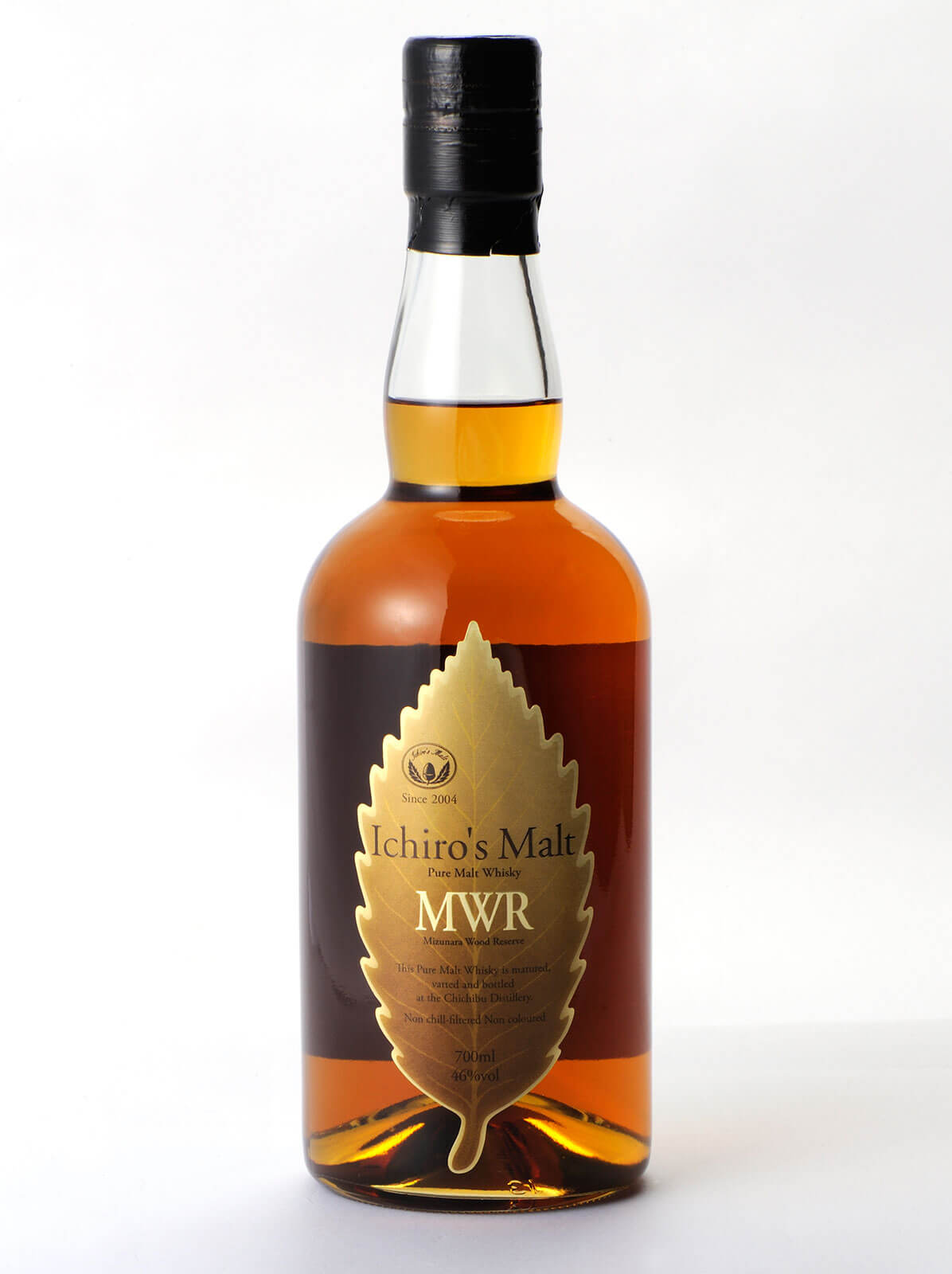
Ichiro’s Malt MWR whisky
Personally, freshly baked bread notes and, yes, a whiff of the coconut with spices. This is a touch more elegant than some. A fabulous experience for whisky lovers.
The Ichiro’s Malt Wine Wood Reserve is another blended malt (their description and I understand that some purists may bristle at these descriptions – before anyone howls me down, “pure malts” and such terms are used in Japan, even if not popular elsewhere), including components from both the Hanyu and Chichibu distilleries.
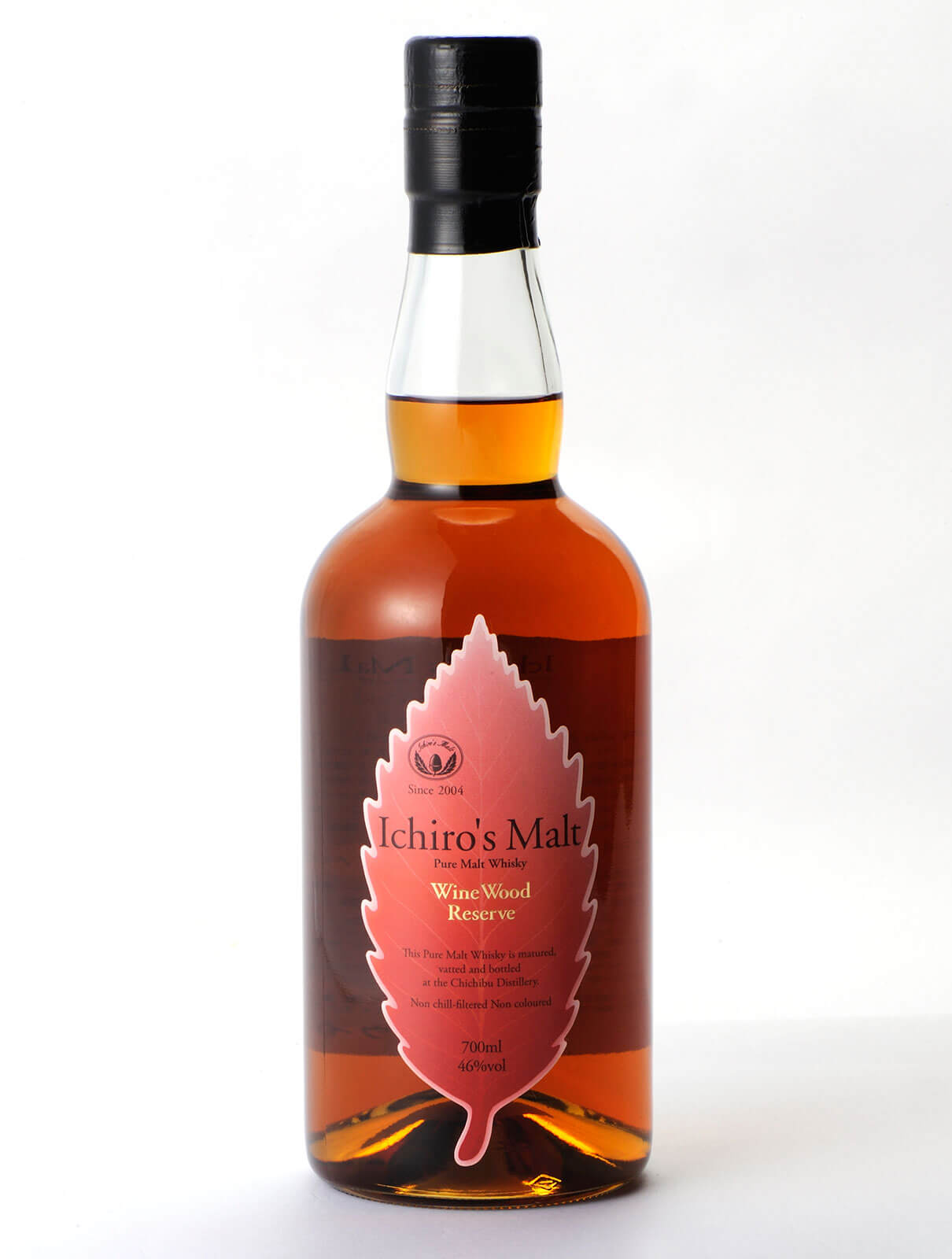
Ichiro’s Malt Wine Wood Reserve whisky
Some consider it the best of the range (you can probably find fans saying that for every one of their many bottlings). Notes of Pinot Noir, which I take to mean red fruit notes, are often found, some toffee, nuts, and even a menthol/grassiness along with a touch of the traditional coconut.
I’ve also seen the character described as Bordeaux-like. Over time, the percentages of Hanyu have decreased and that of Chichibu increased. The Hanyu components were matured in French oak, egg-shaped casks from the Charentes region, previously used for Japanese red wine.
For me, honey, cinnamon, that touch of coconut and a hint of nougat. Bright, fresh, and yet with complexity, there is excellent length here, decent power and well balanced.
There is ongoing debate as to whether these whiskies benefit from a drop or two of water – in the end personal preference will rule, but try experimenting.
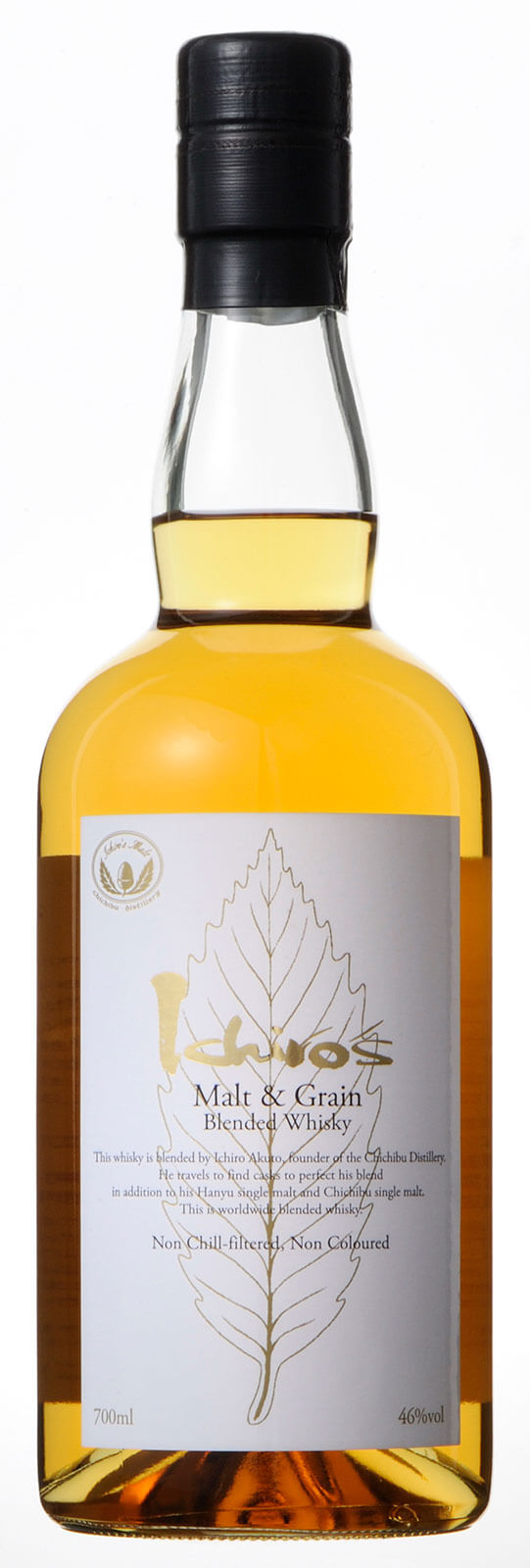
Ichiro’s Malt & Grain whisky
I’m looking forward to trying the Malt & Grain World Blended Whisky Limited Edition. The malt is from the earliest stocks maturing at Chichibu, but as yet all I can ascertain is that the grain component is from lands beyond. We shall see.
The feeling is that Japanese whisky is still evolving and that we have not seen anything like the peaks it can reach. The problem is getting hold of it with the massive worldwide interest in the top bottlings, indeed in any bottles. Considering the country will host the world for this year’s Rugby World Cup and next year’s Olympics, pressure on supply can only increase. And the fascination with something one cannot get won’t help.
Grab whatever you can get, assuming you are a lover of fine whisky, especially these wonderful offerings from Ichiro Akuto.
You may also enjoy:
Lagavulin 16-Year-Old Whisky And Why Ron Swanson Was Right On The Money
Last Drop 1971 Blended Scotch Whisky: Is This The World’s Most Exclusive Whisky?





















































Leave a Reply
Want to join the discussion?Feel free to contribute!